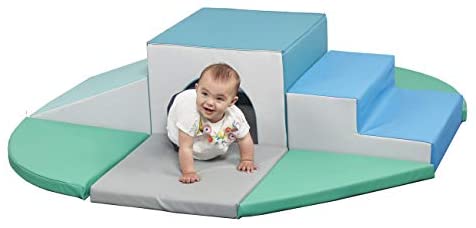
We have developed the CPT on the basis of Wexler’s method. The conductivity has been proved to uniquely be determined by this method, provided that there exist upper and lower bounds for the conductivity. In one of the most standard approaches of CIT, called Wexler’s method, the conductivity distribution is iteratively modified so that the current density in the domain computed from the surface potential becomes identical with that from the surface current. The CIT identifies conductivity distribution in materials and issue from the electrostatic potentials and currents measured at the electrodes located on the boundary surface (see, e.g., ). The CPT is expected to be developed on the basis of the conventional computational impedance tomography (CIT).

The NDE for these materials is thought to be possible if we have a method, named here ”computational permeability tomography (CPT)”, which can identify the permeability distribution from the magnetic data measured on the surface of the materials. This latter effect, called martensite transformation, increases the magnetic permeability. In this case, the damages, which result in possible destruction of the materials, change their magnetic property. The NDE is also required for high-temperature materials, which has originally non-magnetic property, used in chemical and nuclear power plants because they are often suffered from creep damages. Because strength of the constructions are weakened by this effect, non-destructive evaluation (NDE) of the damages has been required. It is known that reinforcing rods in constructions such as concrete piles, bridges and tunnels are rusted due to salty wind and acid rain. Toshihisa Honma, in Inverse Problems in Engineering Mechanics IV, 2003 INTRODUCTION The repairs using high-performance eco-material and advanced technology can be highly expected to help achieving the eco-efficient maintenance of concrete tunnel. To realize the maximum utilization of the facility with the minimum cost, a framework for decision-making of a maintenance plan is considered using the performance and lifecycle cost (LCC) as the optimization benchmarks, and is successfully applied to an old tunnel.

This chapter comprehensively discuss the concrete tunnel, from construction to maintenance, involving degradations and deteriorations, repairs and eco-efficient maintenance development. Many concrete tunnels have been constructed with various tunneling methods to serve as important facilities their normal operation requires appropriate maintenance using advanced technologies of performance and cost evaluation, inspection, repair and rehabilitation-based on scientific knowledge on structure, material, deterioration and etc. Jian Hong Wang, in Eco-Efficient Repair and Rehabilitation of Concrete Infrastructures, 2018 Abstract


 0 kommentar(er)
0 kommentar(er)
